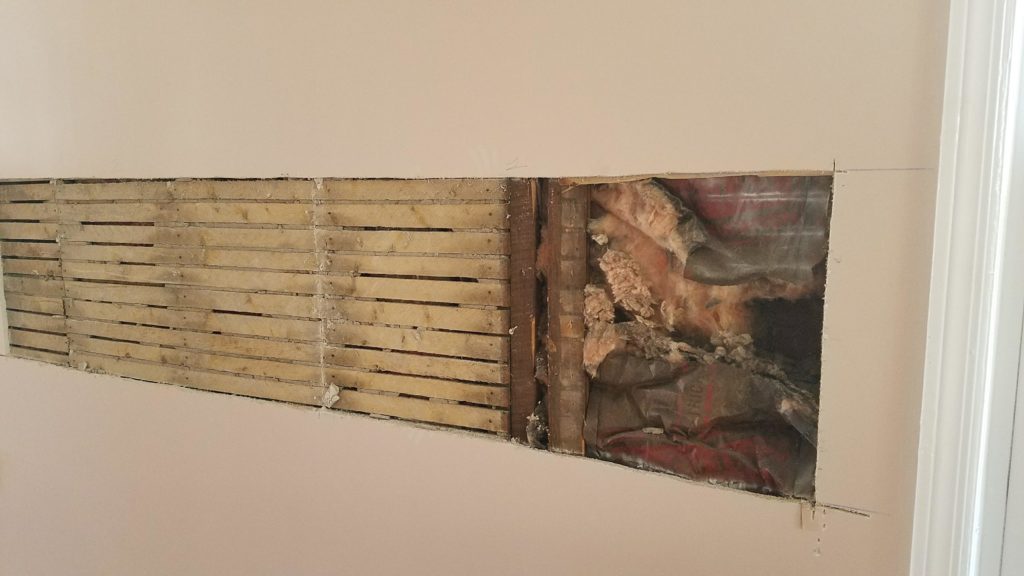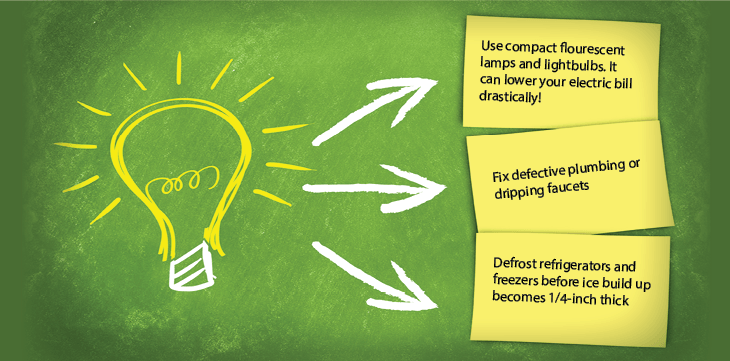Retrofit Insulation For Exterior Walls – Retrofit Foam Insulation, adds tremendous R-value to exterior walls, achieving up to R-13 in 2 x 4 walls and up to R-21 in 2×6 walls. Additionally Better insulation, lower energy use, lower energy bills
Older homes often have poorly insulated exterior walls that have numerous air leaks around piping, wiring holes, windows, etc. One way to insulate and air seal the exterior walls at the same time is to remove the interior finishes and fill the wall cavities with spray foam insulation.
Retrofit Insulation For Exterior Walls - Get Better Insulation, Lower Energy Bills
Are you tired of paying high energy bills just to keep your house temperature stable? Do you live in an older home that has poorly insulated exterior walls? If you answered yes to either of these questions, consider retrofit insulation for exterior walls. This innovative method of insulation not only adds tremendous R-value to exterior walls but also helps achieve up to R-13 in 2 x 4 walls and up to R-21 in 2×6 walls. Additionally, it provides better insulation, lower energy use, and lower energy bills. In this blog post, we’ll take a closer look at retrofit foam insulation for exterior walls and how it works.
Retrofit foam insulation is an excellent choice for homeowners, developers, and contractors looking to improve the insulation of exterior walls. This method involves removing the interior finishes and filling the wall cavities with spray foam insulation. This helps eliminate air leaks around piping, wiring holes, and windows, so the insulation process and the air sealing process provide double benefits. As a result, you get a more energy-efficient home that lowers your energy bills.
The benefits of retrofit foam insulation are numerous. By improving insulation, it prevents thermal bridging, which occurs when heat escapes through exterior walls. Thermal bridging lowers the insulation value of exterior walls, which leads to higher energy use and costs. With retrofit foam insulation, you can prevent thermal bridging and greatly improve the insulation value of your home. Additionally, it improves the air quality in your home, making it healthier and more comfortable.
Retrofitting insulation for exterior walls is also cost-effective. You’ll get an immediate return on investment when you lower your energy bills. Additionally, retrofit foam insulation is a one-time expense that lasts for the lifetime of your home. So, you won’t have to worry about replacing or upgrading it in the future.
Another significant benefit of retrofit foam insulation is its environmental impact. Since it improves your home’s energy efficiency, it reduces your carbon footprint. This means you contribute less to global warming and protect the environment. Additionally, the materials used for retrofit foam insulation are eco-friendly, so you can feel good about your insulation choice.
In conclusion, retrofit foam insulation is an effective way to insulate and air seal the exterior walls of your home. It improves insulation, eliminates air leaks,Lower Energy Bills. And also leads to better air quality and a lower carbon footprint. Additionally, retrofitting insulation for exterior walls is cost-effective and lasts for the lifetime of your home. So, if you’re tired of high energy bills and poorly insulated exterior walls, consider retrofit foam insulation for your home. Speak to construction experts like L & L Insulations – Mechanical Insulation Providers and get the best insulation solutions available for you.
Spray Foam Insulation Nyc At: Union Ave, Nutley, Nj
Retrofit Foam Insulation, adds tremendous R-value to exterior walls, achieving up to R-13 in 2 x 4 walls and up to R-21 in 2×6 walls. Additionally Better insulation, lower energy use, lower energy bills
Older homes often have poorly insulated exterior walls that have numerous air leaks around piping, wiring holes, windows, etc. One way to insulate and air seal the exterior walls at the same time is to remove the interior finishes and fill the wall cavities with spray foam insulation.
One consequence of insulating existing walls is that less heat will flow through the assembly: therefore, less drying of the wall assembly will occur. If any water has been getting into the wall, adding insulation without first fixing the leaks increases the risk of moisture damage to the walls. The exterior walls should be inspected for the presence and condition of the water control layer/drainage plane. This inspection could include demolition and inspection from the interior, to find existing water leakage issues, or selective disassembly of the exterior of the wall.
Phone: (718) 594-1976
sprayfoamnyc@gmail.com
Insulation Contractor. Brooklyn, Staten Island, Queens, Manhattan, Bronx, surrounding areas of New York – New Jersey
We retrofit older homes as well as new residential and commercial, we use spray foam insulation on basement walls, attic rafters & inject into walls. … Spray foam in Staten Island – Spray Foam in BrooKlyn – Spray Foam in Queens – Spray Foam in NY.
#homeowners #statenisland #brooklyn#brooklynneighborhoods #NYC #newyorkcity #brooklynnewyork#statenislandneighborhoods #homeowner #renovation #homeimprovement#roofing #siding #sprayfoam #insulationNYC #Queensneighborhoods#sprayfoamnyc #insulation #attic #crawlspace #thermalbarrier#foaminsulation #sprayfoamny #njsprayfoam#sprayfoaminnewJersey #newjersey #contractors #architects #builders





